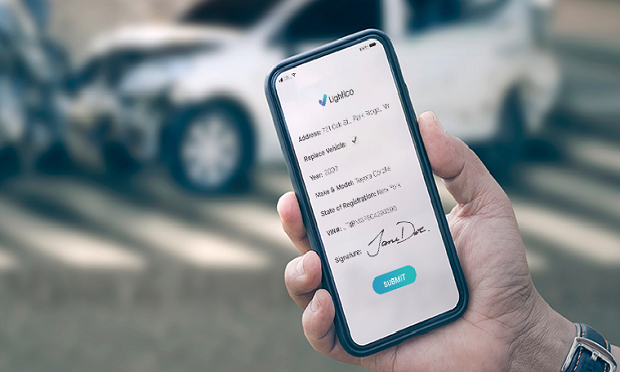 A quick and seamless claims experience is essential not only to get individual customers back to normal but to reach all customers who have experienced calamity in a timely manner. (Photo courtesy of Lightico)
A quick and seamless claims experience is essential not only to get individual customers back to normal but to reach all customers who have experienced calamity in a timely manner. (Photo courtesy of Lightico)
2020 has been a year of nonstop natural disasters, and 2021 certainly will have its fair share of disasters in store.
Recommended For You
Want to continue reading?
Become a Free PropertyCasualty360 Digital Reader
Your access to unlimited PropertyCasualty360 content isn’t changing.
Once you are an ALM digital member, you’ll receive:
- Breaking insurance news and analysis, on-site and via our newsletters and custom alerts
- Weekly Insurance Speak podcast featuring exclusive interviews with industry leaders
- Educational webcasts, white papers, and ebooks from industry thought leaders
- Critical converage of the employee benefits and financial advisory markets on our other ALM sites, BenefitsPRO and ThinkAdvisor
Already have an account? Sign In Now
© Touchpoint Markets, All Rights Reserved. Request academic re-use from www.copyright.com. All other uses, submit a request to [email protected]. For more inforrmation visit Asset & Logo Licensing.







